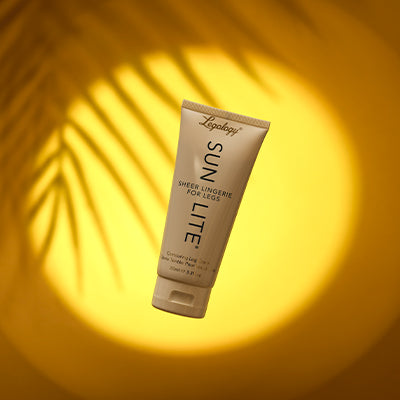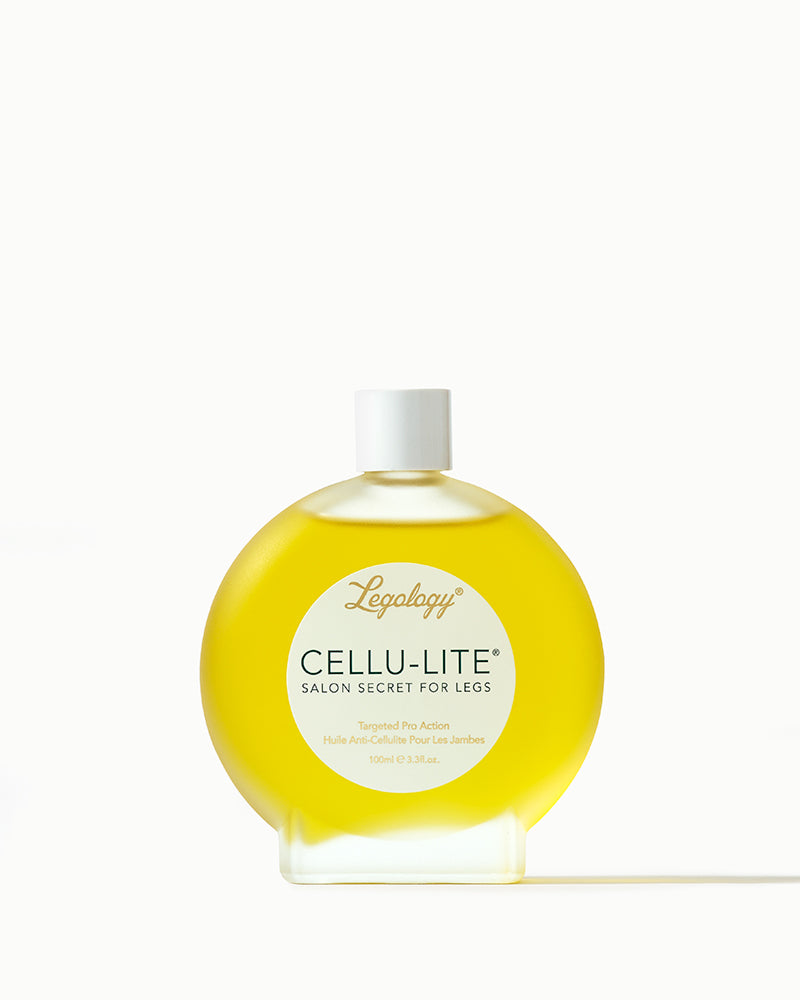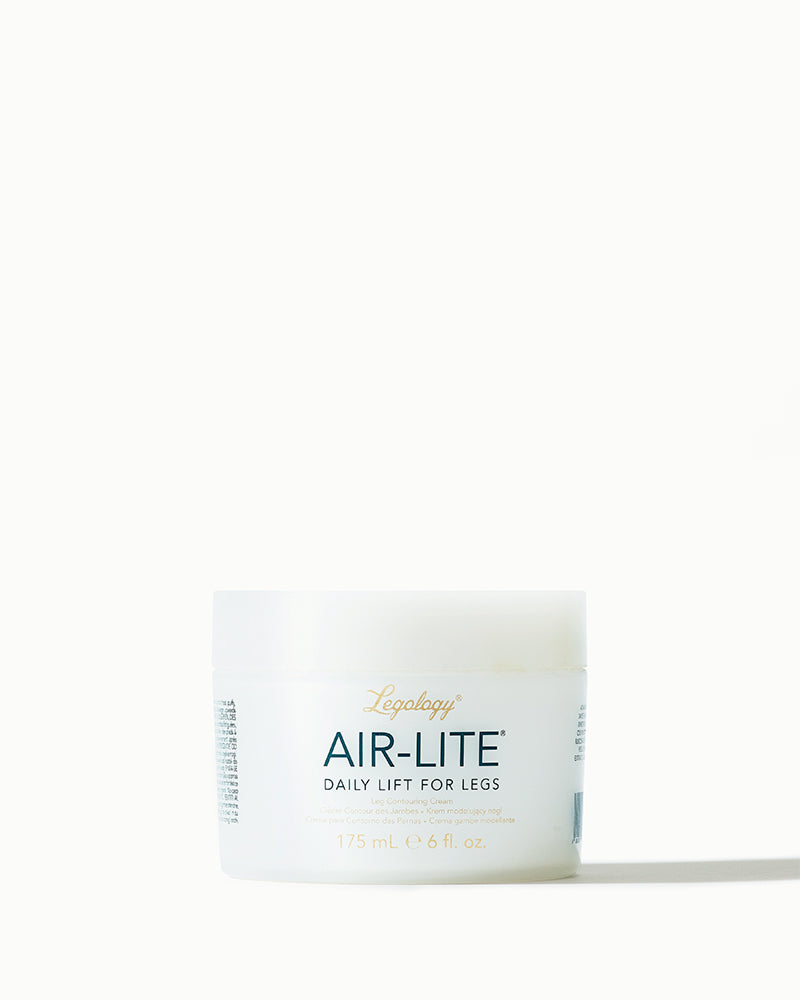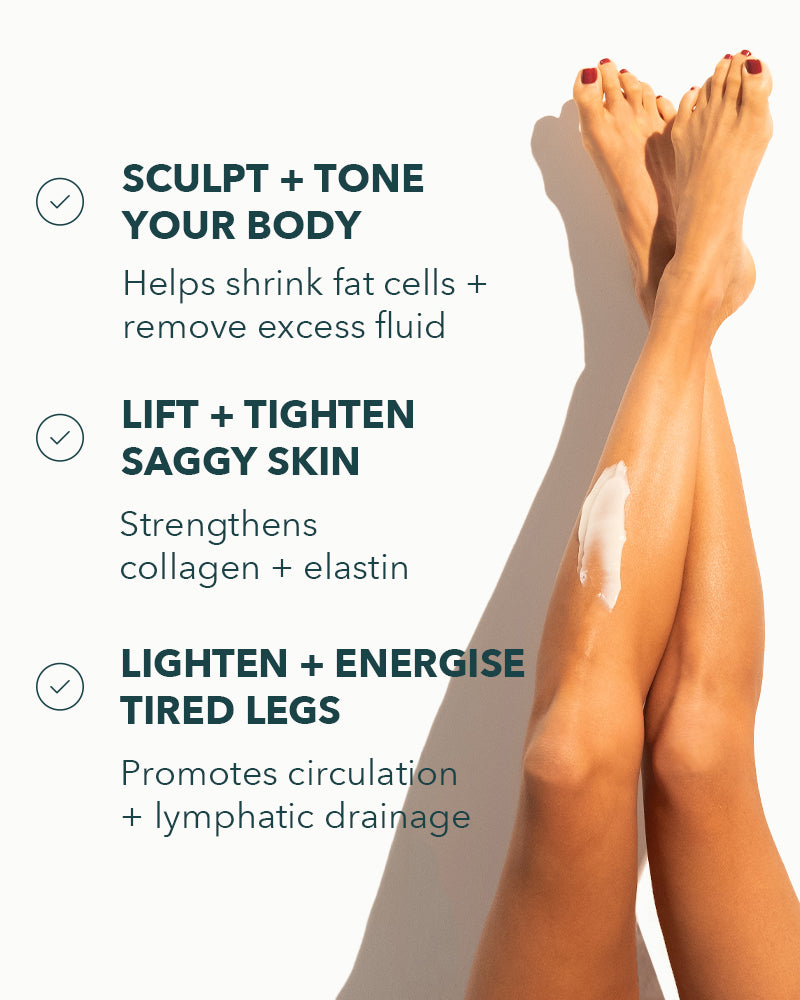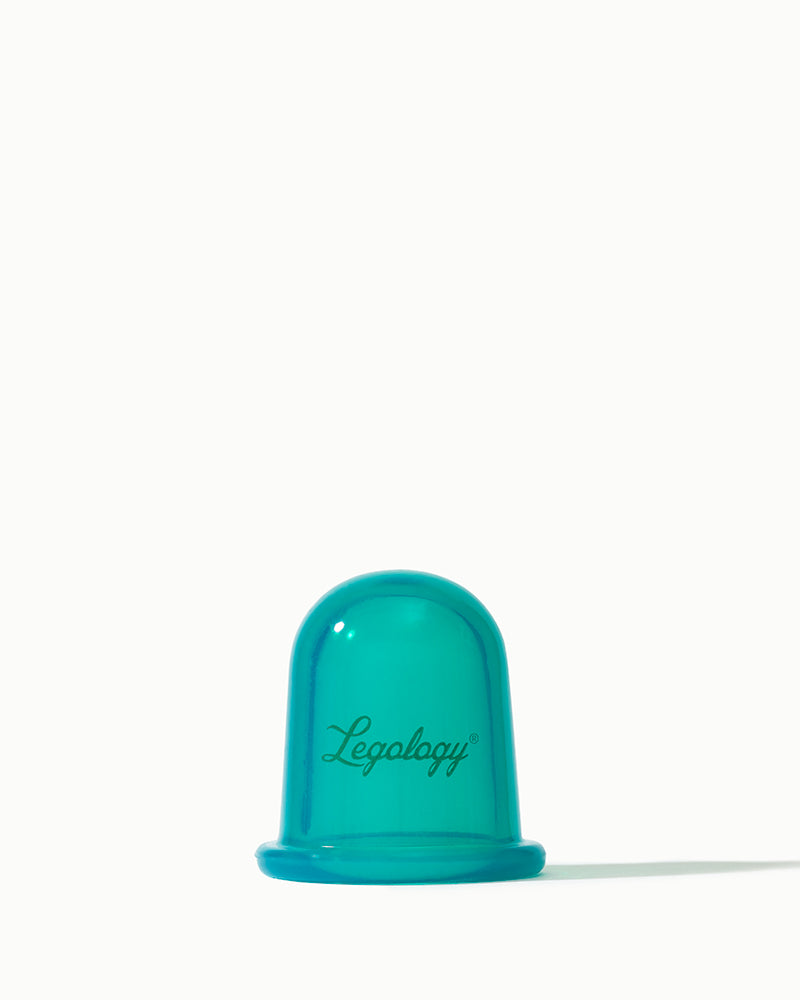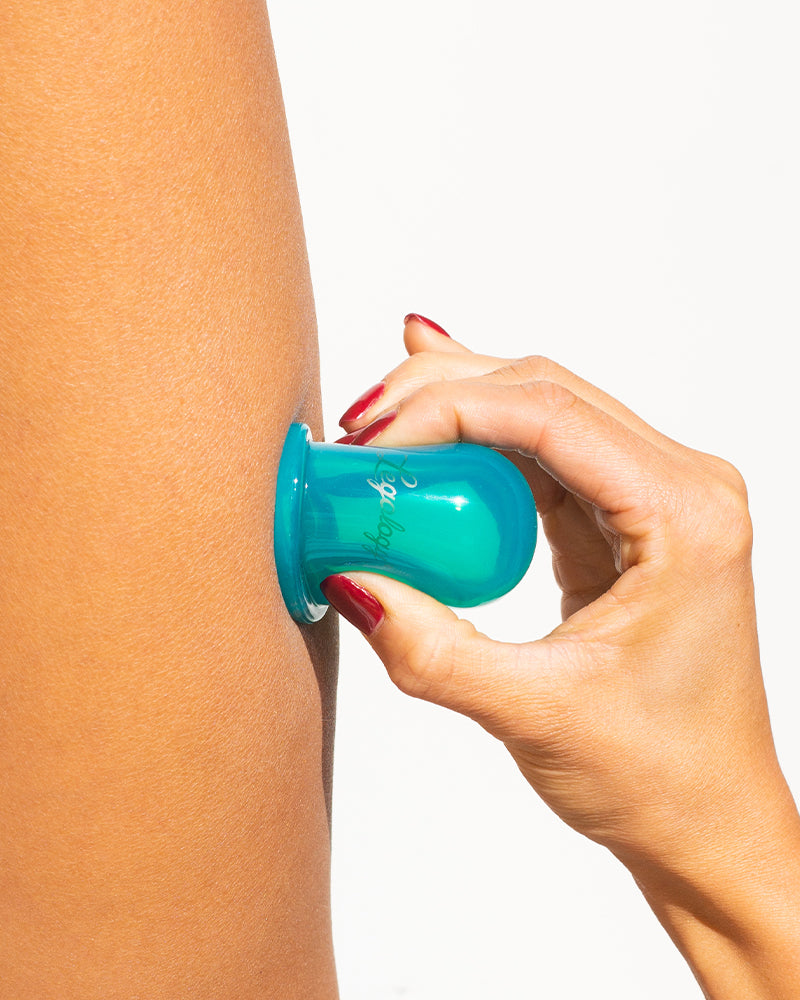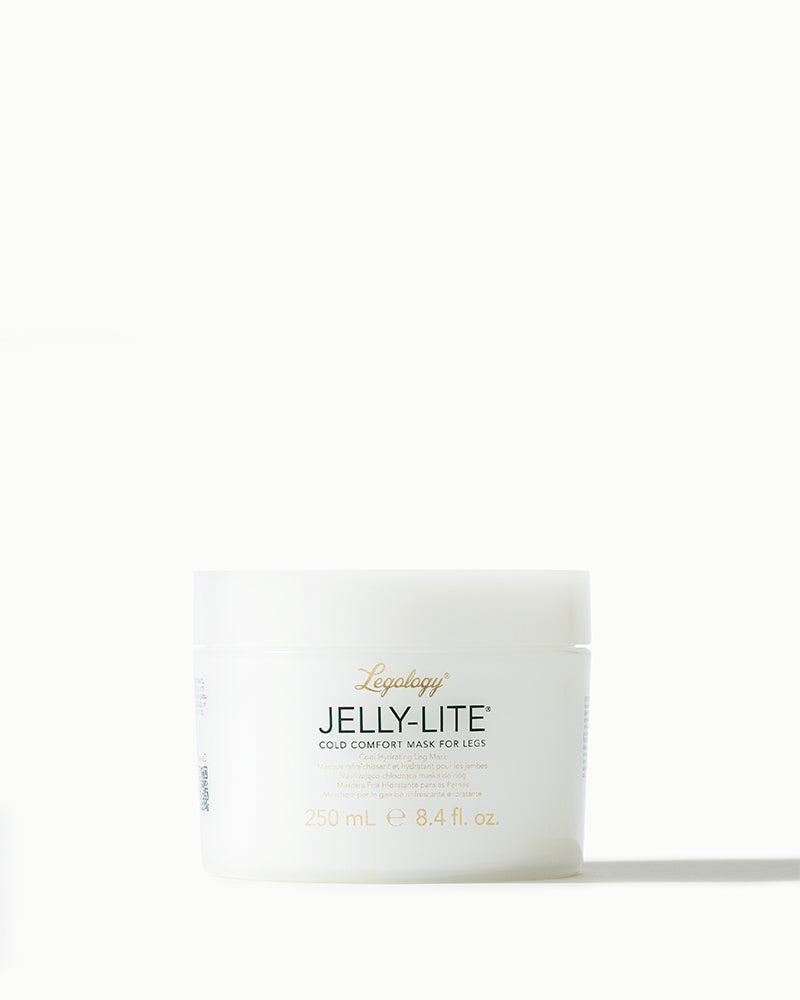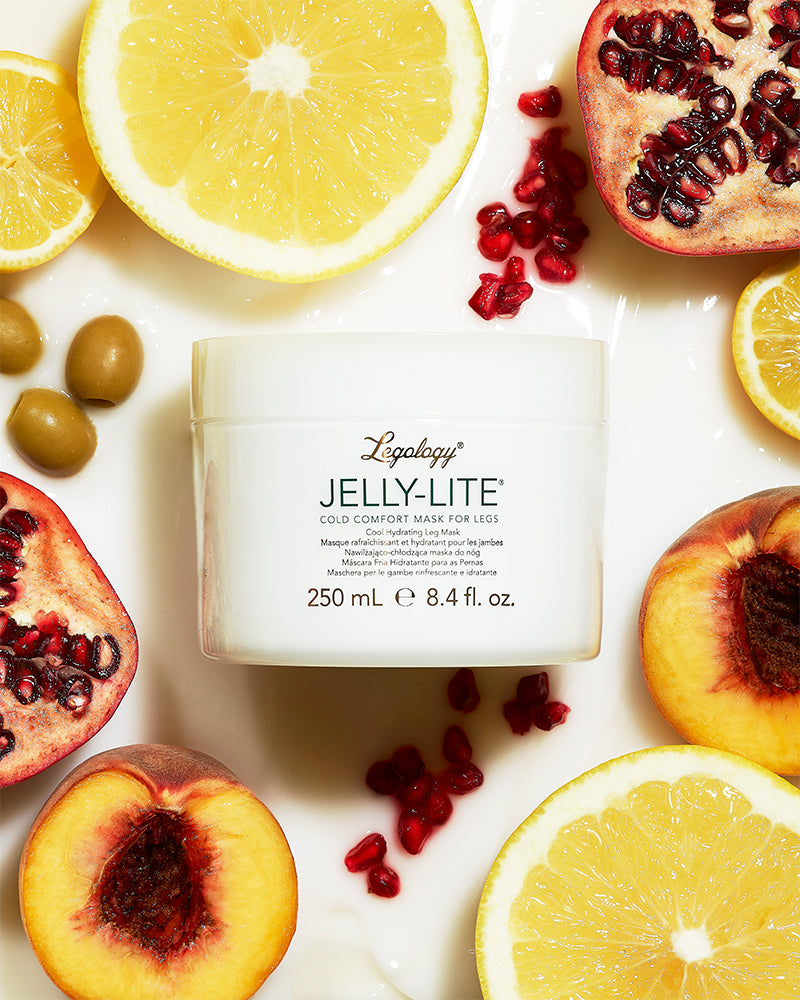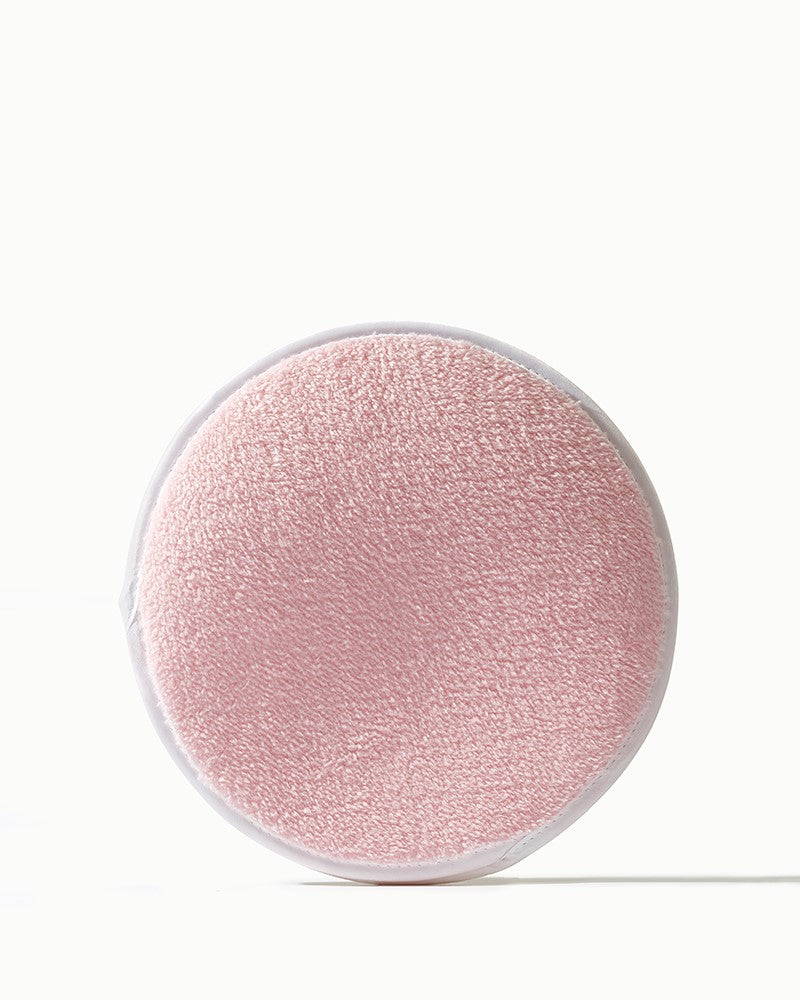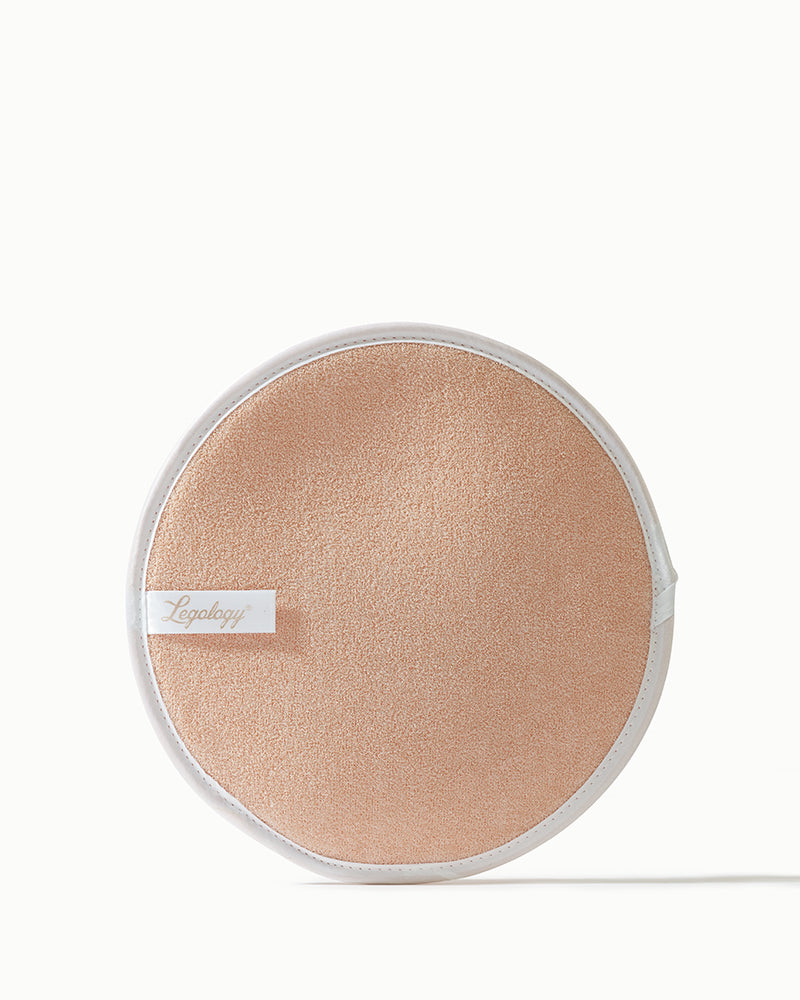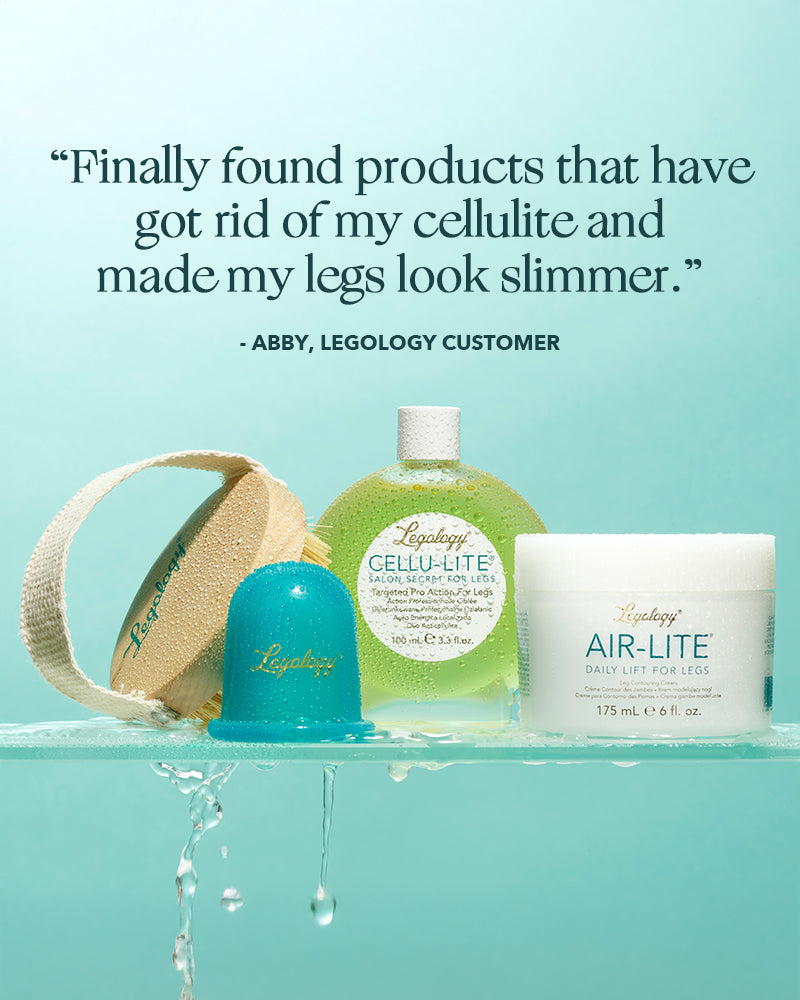The Ultimate Fix For Varicose Veins

They affect three in 10 adults, frequently appearing around feet and lower legs, and women are more susceptible to them than men. So is there a lasting cure for varicose veins?
I can’t count the number of women who tell me they’ve had the same vein/s removed several times over because, after initial treatment, they come back. It’s always disappointing to hear this because it really shouldn’t be the case. Removing varicose (and spider) veins should be a one-off procedure that lasts a lifetime. If it isn’t you are getting the wrong treatment.
Vascular issues seem to be an occupational hazard for long cabin crew. No surprise if you think it: they spend their working lives literally walking the globe in a pressurised environment. That’s why Legology Air-Lite is a bit of a cult product among flight crew
To get why this should not be a recurring treatment it’s important to know why you have varicose veins in the first place. Inside your veins are tiny one-way valves that open to let the blood through, and then close to prevent it flowing backwards. Sometimes the walls of the veins become stretched and lose their elasticity, causing the valves to weaken. If the valves don’t function properly the blood can leak and flow backwards. If this happens, the blood collects in your veins, which become swollen and enlarged.
WHY ME AND NOT YOU?
If you’ve got varicose veins there can be a number of reasons why you develop varicose veins, including:
- being female: hormone activity, especially during pregnancy, pre-menstrual syndrome and the menopause, relaxes the walls of veins making the valves more prone to leaking
- having parents: a predisposition to varicose veins, like cellulite, is genetic
older age: as you get older, veins start to lose elasticity (like your skin) and the valves inside them stop working to optimum - being overweight: puts extra pressure on your veins, meaning they have to work harder to send blood back to the heart, and this seems to be more significant in women
- working on your feet: having a job that involves long periods of standing or regular flying can inhibit blood flow
- during pregnancy: the amount of blood increases to help support a developing baby, which puts extra strain on your veins; varicose veins also develop as the womb (uterus) begins to grow. This also puts pressure on veins in your pelvic area, which can cause them to become varicose
- Crossed legs? Makes no difference as to whether you develop varicose veins whatsoever
WHAT TREATMENT?
Here again there seems to be much confusion and over expectation. You’ll have read about laser treatment (EVLA) and sclerotherapy. Both can work and are regularly used in treating varicose and thread veins. But inevitably the problem comes back because the root cause hasn’t been identified. It’s all very well having your varicose or thread veins blasted away at a beauty clinic, but it’s useless without an understanding of where the problem has begun.
So the best way to remove veins for good is with keyhole surgery. And – importantly – with a surgeon who specialises in veins: the last choice to make is a surgeon who has tacked laser treatment or sclerotherapy onto a beauty salon menu. You need someone who will invest time into your issue, and give it the individual treatment it needs because vascular problems are caused by different personal triggers, rather like cellulite.
My go-to consultant on all of this is Professor Mark Whiteley, who I met many years ago during my beauty writing years. He treated a couple of breakout thread veins on my thigh, and gave me so much advice on leg care over the years. I’ve been a fan for years and I’ve recommended so many friends and customers to him I’ve lost count.
Why is he so good? Because Mark made veins, and permanent removal of them, his passion. This rugby-loving twinkly eyed doctor invented his own protocol for treatment, The Whiteley Protocol, which – importantly always starts with an ultrasound to ascertain why a patient has varicose veins. The key to removing them forever is knowing why they form in the first place, something which few – if any – surgeons were doing previously, perhaps because it was costly, certainly more time-consuming. But a varicose vein that materialises on the back on your thigh is likely to have formed during pregnancy and in the pelvic region – not locally due to a blockage.
When we first met, Mark had one clinic opposite the cathedral in Guildford, he now has clinics in London and Bristol, and when I first wrote about him in my column in the Telegraph Magazine I had a few emails from surgeons who insisted that the conventional ‘stripping’ method was still better: Mark had stirred things up – and I love a disruptor, especially in beauty.
Find Mark Whiteley at The Whiteley Clinic

